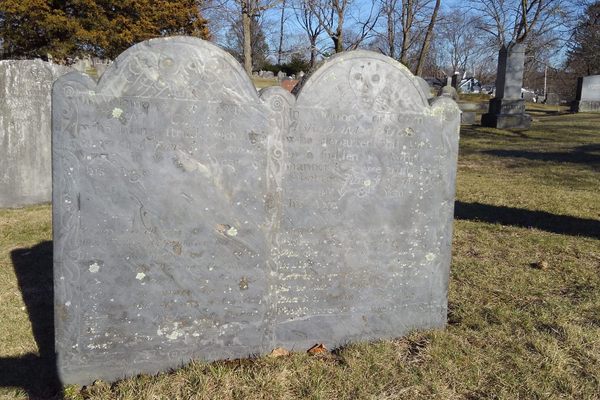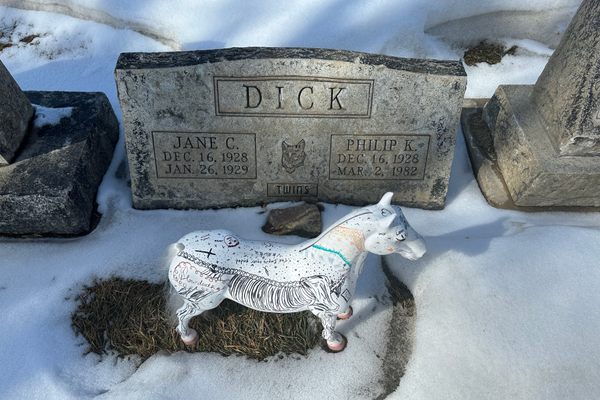About
If you walk among the thousands of graves in Paris's vast Montmartre Cemetery, you may find a statue of a melancholic-looking court jester sitting on a slab of stone with his hand resting on his cheek. Despite appearances, this is not a jester's grave, but the tomb of famed ballet dancer Vaslav Nijinsky.
Born in Kyiv in 1889 (or 1890 according to some sources), Nijinsky was the second son of Thomas Laurentiyevich Nijinsky and Eleonora Bereda, who were both celebrated dancers in their own right. Nijinsky grew up in the Caucasus of Imperial Russia. When he was nine, Nijinsky was accepted at the premiere Imperial Ballet School in St. Petersburgh. In 1909, he traveled to Paris to perform with Serge Diaghilev’s Ballets Russes dance company where he quickly became its star dancer. He could perform gravity-defying leaps and dance en pointe, a then-rare skill among male dancers. He was also a celebrated choreographer.
Nijinsky faced several public scandals for wearing evocative costumes and his sexually suggestive choreography. In his 1912 production of L'après-midi d'un faune (The Afternoon of a Faun), a ballet Nijinsky choreographed and starred in, he mimed masturbating with a scarf from a nymph. Contemporaneous artists, such as Auguste Rodin and Marcel Proust, defended Nijinsky's performance. He is also known to have been in an intense romantic relationship with Diaghilev, the impresario of the Ballets Russes, which ended in Nijinsky being dismissed from the company after marrying a woman from Hungary. (Diaghilev often dismissed dancers after they married.)
No longer with an employer, Nijinsky had to fend for himself, managing tours on his own. Several times he tried and failed to start his own company. At some point, his mental condition worsened and he was committed to an asylum in 1919 after being diagnosed with schizophrenia. Sadly, this put an end to his dancing career. He never danced in public again. In London, on 8 April 1950, he died of kidney failure and was buried there in the English capital.
Three years later, his body was relocated to Montmartre Cemetery in Paris, France where he was reinterred beside the graves of Théophile Gautier, Gaétan Vestris, and Emma Livry. Before his tombstone sits the statue of Nijinsky as Petrushka the puppet, one of his most iconic roles. It was donated by a Russian ballet company in Perm without the Nijinsky estate's permission.
Related Tags
Know Before You Go
This map shows the precise location of Vaslav Nijinsky's grave along with other notable graves in the cemetery.
Published
March 6, 2023
Sources
- https://www.networthlist.org/vaslav-nijinsky-net-worth-55303
- https://blog.oup.com/2019/03/schizophrenia-and-ballet-dancer-vaslav-nijinsky/
- https://legacyprojectchicago.org/person/vaslav-nijinsky
- https://books.google.com/books?id=1VNuCYaauZUC&q=tights+without+trowsers#v=onepage&q=tights&f=false
- https://www.sup.org/books/title/?id=1597
- http://www.vam.ac.uk/content/articles/v/vaslav-nijinsky/
- https://www.abt.org/people/vaslav-nijinsky/
- https://www.britannica.com/biography/Vaslav-Nijinsky




























